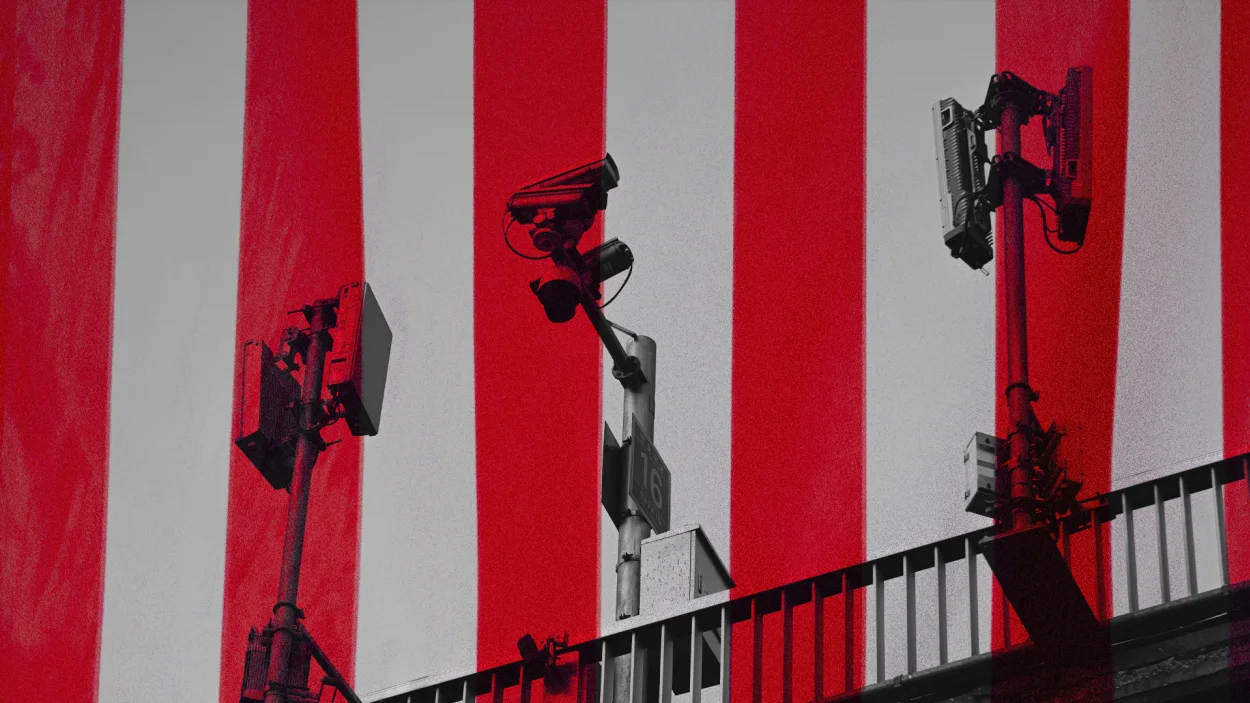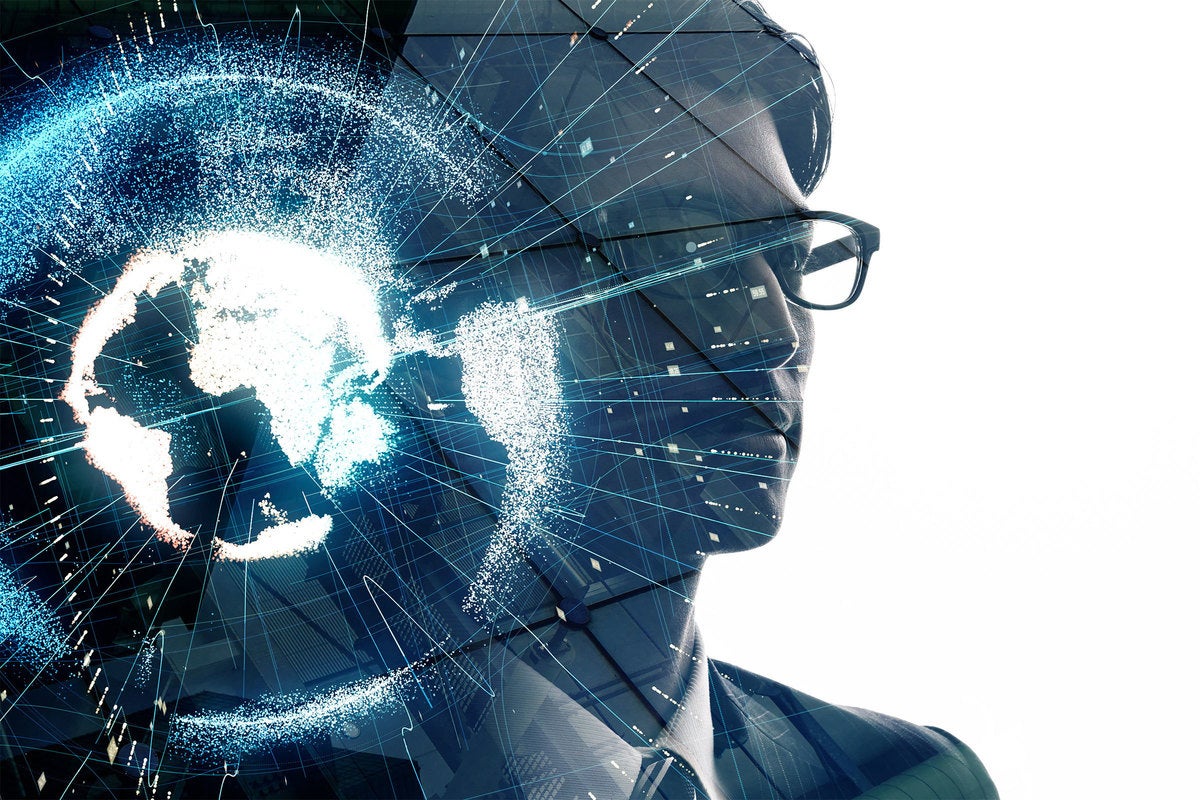Best practices for recovering a Microsoft network after an incident

Often a recovery process is different for different sized organizations. A small
business might just want to be back functional as soon as possible while a
medium-sized business might take the time to do a root cause analysis. According
to the NIST document, “Identifying the root cause(s) of a cyber event is
important to planning the best response, containment, and recovery actions.
While knowing the full root cause is always desirable, adversaries are
incentivized to hide their methods, so discovering the full root cause is not
always achievable.” If you use Microsoft Defender for Business Server, Microsoft
recommends proactive adjustments to your server to ensure that you can best
prevent attacks, specifically that you use the same attack surface reduction
rules recommendation for workstations. One example from the screen image below,
you want to block all office applications from creating client processes. As you
rebuild your network after an incident, remember these settings as you often
redeploy servers with default settings. You might not have remembered or
documented all your settings that you need to do to better protect your network.
How AI Is Transforming The Future Of The Finance Industry

Since the entire foundation of AI is learning from past data, it only seems
sensible that AI would flourish in the financial services industry, where
keeping books and records is a given for businesses. Consider the use of credit
cards as an example. Today, we utilize credit scores to determine who is and is
not eligible for credit cards. However, it is not always advantageous for
businesses to divide people into “haves” and “have-nots.” Instead, information
about a person’s loan repayment patterns, the number of loans that are still
open, the number of credit cards that person has already, etc. can be used to
tailor the interest rate on a card so that the financial institution issuing the
card feels more comfortable with it. ... When it comes to security and fraud
detection, AI is on top. It can leverage historical spending patterns across
various transaction instruments to unexpected flag activity, such as using a
foreign card shortly after it has been used elsewhere or an effort to withdraw
money in an unusual amount for the account in the issue. The system has no
qualms about learning, which is another excellent aspect of AI fraud
detection.
Meta faces new FTC lawsuit for VR company acquisition

On Wednesday, the FTC sued Meta in an attempt to block its acquisition of
virtual reality technology company Within Unlimited and its VR fitness app
Supernatural. The FTC in a press release said Meta's "virtual reality empire"
already includes a virtual reality fitness app and alleged Meta is attempting to
"buy its way to the top." "Meta already owns a best-selling virtual reality
fitness app, and it had the capabilities to compete even more closely with
Within's popular Supernatural app," John Newman, FTC Bureau of Competition
deputy director, said in the release. "But Meta chose to buy market position
instead of earning it on the merits. This is an illegal acquisition, and we will
pursue all appropriate relief." According to Meta's statement in response to the
lawsuit, the FTC's case is "based on ideology and speculation, not evidence."
... It's not the first time the FTC has accused Meta of buying out the
competition. In an ongoing lawsuit against the company, the FTC alleged that
Meta's previous Instagram and WhatsApp acquisitions served to kill what the
company viewed as competition to its popular social media site Facebook.
Blockchain Applications That Make Sense Right Now

Using blockchain technology, users can create digital assets that are
verifiable, scarce and portable – the core properties of a “token”. The owner of
a blockchain-generated token can be sure they are the only owner of a limited
quantity item. These are tokens that have genuine value as they solve the
ownership challenge digital assets have had since day one. This is the core
building block that is not possible in Web2’s centralized world. Yes, Fortnite
can sell you virtual clothing, and a bank can show a deposit in your account,
but those assets are at the behest of the central actors. Creators are similarly
beholden to the platforms that distribute their products, and their popularity
is governed by their algorithms and business interests of those centralized
platforms. With blockchain, new types of assets can be created that hold value
outside any centralized platform (even though those platforms may still be very
relevant for creation, display and distribution). No centralized actor can
unilaterally change the ownership of an asset ‘on-chain’, and rules are visible
in public code. Ownership can be ascertained with certainty for all who examine
it.
Yes, you are being watched, even if no one is looking for you

Whether or not you pass under the gaze of a surveillance camera or license plate
reader, you are tracked by your mobile phone. GPS tells weather apps or maps
your location, Wi-Fi uses your location, and cell-tower triangulation tracks
your phone. Bluetooth can identify and track your smartphone, and not just for
COVID-19 contact tracing, Apple’s “Find My” service, or to connect headphones.
People volunteer their locations for ride-sharing or for games like Pokemon Go
or Ingress, but apps can also collect and share location without your knowledge.
Many late-model cars feature telematics that track locations–for example, OnStar
or Bluelink. All this makes opting out impractical. The same thing is true
online. Most websites feature ad trackers and third-party cookies, which are
stored in your browser whenever you visit a site. They identify you when you
visit other sites so advertisers can follow you around. Some websites also use
key logging, which monitors what you type into a page before hitting submit.
Similarly, session recording monitors mouse movements, clicks, scrolling and
typing, even if you don’t click “submit.”
How remote work disrupted global supply chains
To make matters worse, many U.S.-based distributors and retailers decided to
bulk up their inventories to hedge against shortages. The surge of e-commerce
contributed to the disruptive spiral by making two-day shipping a necessity. In
addition, the resulting shortage of warehouse space worsened bottlenecks by
pushing supplies back to shipping docks and freight terminals. While remote work
isn’t entirely to blame for the supply chain crisis, it clearly kicked off a
sequence of events that took on a life of its own. Zoom, Google Docs, and Amazon
undermined the assumption that history would repeat itself. When is it all going
to end? Experts disagree. Most say things will probably improve for the rest of
this year and return to something close to normal by the end of 2023. But even
the Federal Reserve Bank of Cleveland recently admitted that the sources it
relies upon for intelligence “are mostly based on hope rather than on concrete
evidence.” In the meantime, the crisis has also cast the spotlight on the
delicate interconnections that hold the world’s supply lines together and the
effects that minor disruptions at the far end of the chain can have further
upstream.
Network security depends on two foundations you probably don’t have

Any use of the network creates traffic and traffic patterns. Malware that’s
probing for vulnerabilities is an application, and it also generates a traffic
pattern. If AI/ML can monitor traffic patterns, it can pick out a malware probe
from normal application access. Even if malware infects a user with the right to
access a set of applications, it’s unlikely the malware would be able to
duplicate the traffic pattern that user generated with legitimate access. Thus,
AI/ML could detect a difference, and create an alert. That alert, like a journal
alert on unauthorized connections, would then be followed up to validate the
state of the user’s device security. The advantage of the AI/ML traffic pattern
analysis is that it can be effective even when user identity is difficult to pin
down, so explicit connection authorization is problematic. In fact, you can do
traffic pattern analysis at any level from single users to the entire network.
Think of it as involving a kind of source/destination-address-logging process;
at a given point, have I seen packets from or to this address or this subnetwork
before? If not, then a more detailed analysis may be in order, or even an
alert.
Building resilience against emerging security threats
Threats such as malware and data breaches almost always rely on misconfigured
systems to succeed. Perhaps a default password hasn’t been changed, a cloud
storage instance has been set to public, or a dangerous port is accidentally
left open to the internet. These are all errors that can be hard to spot in a
complex data centre. It’s a time-consuming task that may not be a top priority
amongst competing business goals, meaning the vulnerability remains
unidentified. Configuration management tools help here by scanning the entire
estate, from cloud storage to local servers, websites to network devices, and
more, identifying misconfigurations. They are vendor agnostic and surface
anomalies that might otherwise go unnoticed – until it is too late. Auditing the
estate in this way gives CISOs the visibility and control they need to
effectively monitor their estate and be proactive in remediating
misconfigurations. Armed with this insight, the company’s risk is reduced and
its resilience is enhanced.
SQL Server 2022: Here’s what you need to know

If you’ve ever looked at the claims for blockchains and thought that an
append-only database could do that without all the work of designing and
maintaining a distributed system that likely doesn’t scale to high-throughput
queries (or the environmental impact of blockchain mining), another feature that
started out in Azure SQL and is now coming to SQL Server 2022 is just what you
need. “Ledger brings the benefits of blockchains to relational databases by
cryptographically linking the data and their changes in a blockchain structure
to make the data tamper-evident and verifiable, making it easy to implement
multi-party business process, such as supply chain systems, and can also
streamline compliance audits,” Khan explained. For example, the quality of an
ice cream manufacturer’s ice cream depends on both the ingredients that its
suppliers send and the finished ice cream it delivers being shipped at the right
temperature. If the refrigerated truck has a fault, the cream might curdle, or
the ice cream might melt and then refreeze once it’s in the store freezer. By
collecting sensor information from everyone in its supply chain, the ice cream
manufacturer can track down where the problem is.
7 benefits of using design review in your agile architecture practices

For an enterprise to practice architecture in an agile environment, several
architects and designers must support the project's agile value streams, which
are the actions taken from conception to delivery and support that add value to
a product or service. One organization may have a distinct team of architects
producing solution designs and templates. Another might place the architect
inside the agile squad in a dual senior engineer role. ... The things involved
in a design review include:The designer is the person who wants to solve a
problem. The documentation is the document at the center of attention. It
contains information regarding all aspects of the problem and the proposed
solution. The reviewer is the person who will review the documentation. The
process includes the agreed-upon rules and interactions that define the
designer's and reviewer's communications. It may stand alone or be part of a
bigger process. For example, in a software development life cycle, it could
precede development, or in an API specification, it could include evaluating
changes. The review scope is the area the reviewer tries to cover when
reviewing the documentation (technical or not).
Quote for the day:
"You've got to risk the terrible and
pathetic, in order to get to the graceful and elegant."
No comments:
Post a Comment